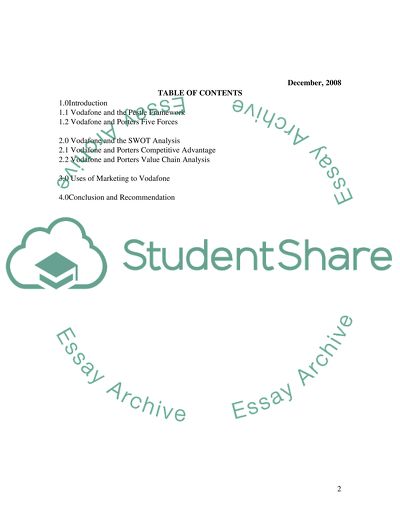Cite this document
(“Marketing Strategy of Vodafone Research Paper Example | Topics and Well Written Essays - 4500 words”, n.d.)
Retrieved from https://studentshare.org/marketing/1525908-marketing-strategy-of-vodafone
Retrieved from https://studentshare.org/marketing/1525908-marketing-strategy-of-vodafone
(Marketing Strategy of Vodafone Research Paper Example | Topics and Well Written Essays - 4500 Words)
https://studentshare.org/marketing/1525908-marketing-strategy-of-vodafone.
https://studentshare.org/marketing/1525908-marketing-strategy-of-vodafone.
“Marketing Strategy of Vodafone Research Paper Example | Topics and Well Written Essays - 4500 Words”, n.d. https://studentshare.org/marketing/1525908-marketing-strategy-of-vodafone.


